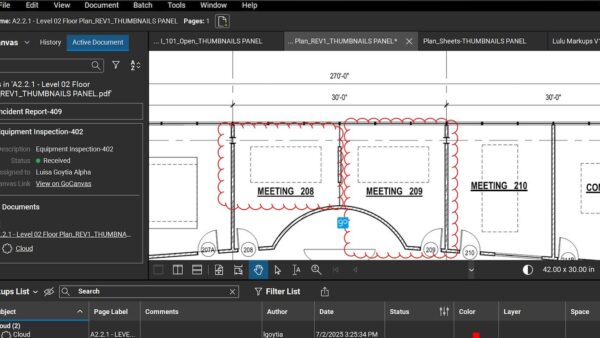
Who is best placed to initiate and take the lead and what qualifies them to lead? Who has the knowledge and best insight into the process?– Peter Barker, BIM Academy
Following the launch of the BIM Toolkit, Peter Barker, managing director at the BIM Academy, asks where it leaves BIM in terms of leadership.
“Will #DPoW spell the demise of the BIM manager and hand leadership back to the architect as lead consultant – discuss!”
I sent this slightly provocative tweet recently following the launch of the BIM Toolkit in beta format at BIM Show Live earlier this month.
The BIM Toolkit and Digital Plan of Work (DPoW) have been heralded as the last piece in the jigsaw allowing the industry to attain the goal of effectively planning and managing the delivery of a Level 2 BIM project. More control over the management of project information. More transparency, definition and less ambiguity.
But who is best placed to initiate and take the lead and what qualifies them to lead? Who has the knowledge and best insight into the process? I posed the question as the DPoW terminology itself has architectural origins. Could this prompt the architect to regain the initiative in project leadership – a role which has sometimes been relinquished, perhaps eroded, since the advent of the project manager in the late 1980s. This combined with the tendency of some in the architectural community to regard design and project management with disinterest and sometimes disdain.
Architects are well placed as the instigators. When BIM emerged into the mainstream at the end of the last decade (yes, it is that long ago) it was an opportunity for the far sighted to seize the initiative and plan and deliver better designed, greener, better documented buildings. Never waste a good crisis noted Andrew Wolstenholme and some took that opportunity.
BIM was often misconstrued as a specialist technology-focused role, supplementary to existing disciplines, not embodied in them. Not surprisingly as the market has matured, the industry is waking up to the fact that BIM must be an approach, a methodology, a way of working if it is going to stand any chance of success. It is madness to attempt to retrofit BIM onto a traditional workflow mid-project.
As a result of this realisation, the separate BIM manager/coordinator role which emerged over the last few years is now becoming absorbed within the expanded duties of existing disciplines, attracting additional fees in some cases where value can be demonstrated.
The purpose of my slightly flippant tweet was to speculate whether architects have exploited this opportunity or have missed the boat and are allowing the opportunity for the leadership role to be acquired by others. Judging from the retweets it obviously struck a chord and one of the responses declared that leadership is of lesser importance than collaboration. Understandable, but both are essential.
After all, collaboration doesn’t happen without leadership and successful projects require informed and inspired clients and creative leaders. Whoever ends up leading the charge, let them absorb the new specialist duties but let’s not create a new profession.
And don’t confuse leadership with management, which is what project managers, contractors and just about every other member of the supply chain do every day.
It remains to be seen how the industry will respond to these opportunities but the vital need is for us to switch the collective mindset to promote team working and joint effort through inspiring and creative project leaders, not just technical managers.














